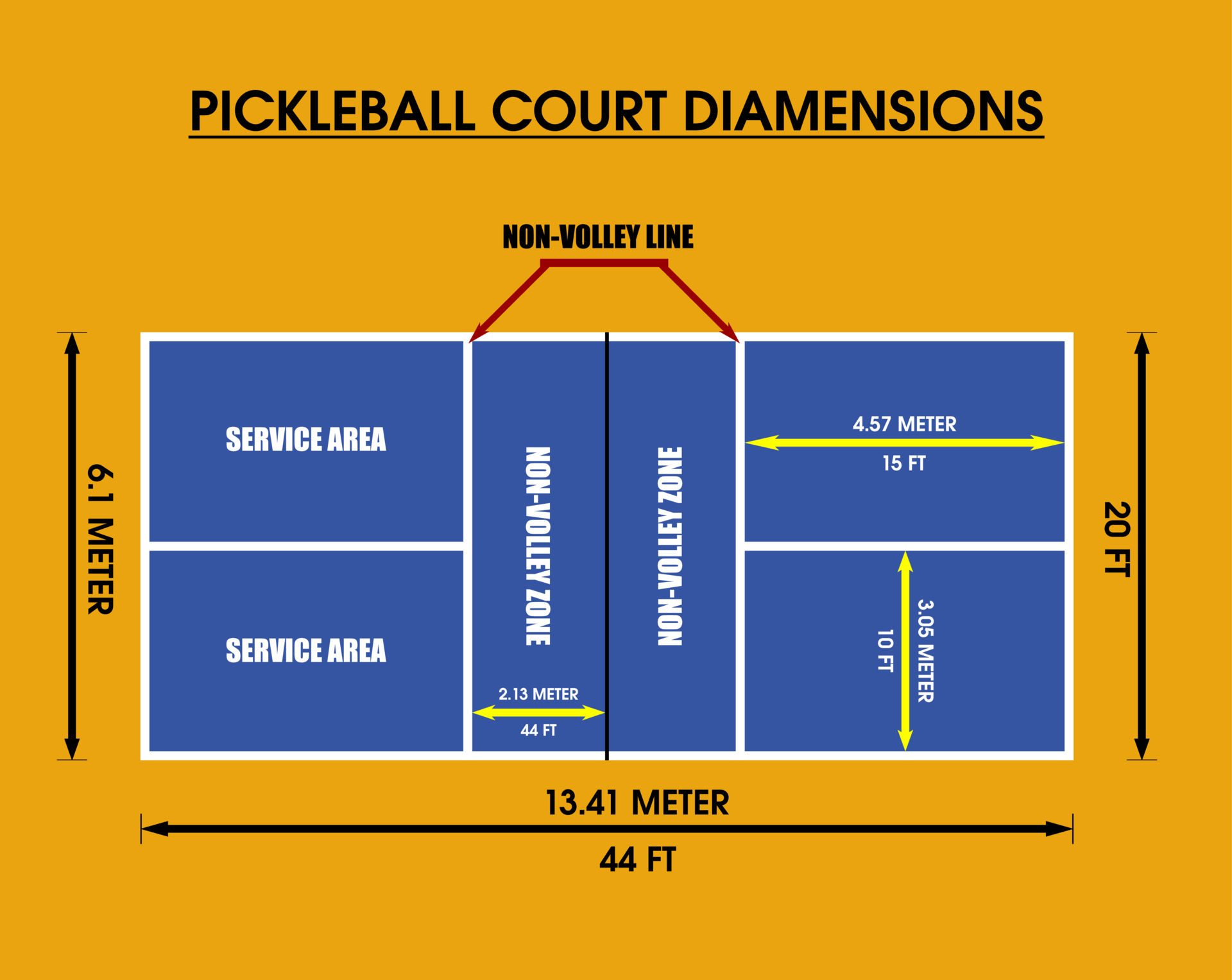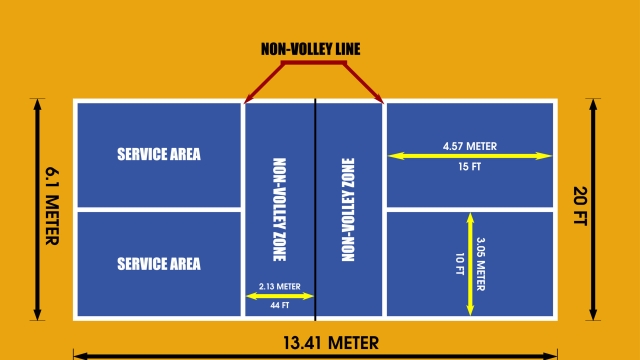
In recent years, a new sport has been capturing the attention of athletes and casual players alike, sparking a revolution in recreational games across the globe. Pickleball, a captivating blend of tennis, badminton, and table tennis, has emerged as a go-to choice for people of all ages seeking a fun and engaging way to stay active. With its fast-paced play, easy-to-learn rules, and social atmosphere, pickleball is transforming backyards, parks, and community centers into thriving hubs of excitement.
Originally created in the mid-1960s, pickleball has rapidly evolved into a phenomenon that appeals to players from diverse backgrounds. Its combination of strategy, skill, and teamwork makes it not only a great workout but also a fantastic way to forge new friendships. As courts spring up in neighborhoods and competitive leagues gain popularity, pickleball is proving to be more than just a passing trend; it is indeed a sport that is taking the world by storm.
History of Pickleball
Pickleball was created in 1965 on Bainbridge Island, Washington, by three dads—Joel Pritchard, Bill Bell, and Barney McCallum—who were looking for a fun activity to keep their children entertained during the summer. They fashioned a game using paddles, a perforated plastic ball, and a badminton court. Initially, they improvised with the equipment they had available, which included lowered badminton net standards, leading to the unique blend of various sports that characterizes pickleball today.
As the game gained popularity, more families began to play, and the rules were formalized. In 1967, Pritchard, Bell, and McCallum established the first official rules, and pickleball began to spread beyond Bainbridge Island. By the 1970s, the game was establishing a following in various parts of the United States, with its growth fueled by its accessibility and appeal to all age groups.
In the decades that followed, pickleball’s popularity surged, particularly in retirement communities where the game was well-received due to its ease of play and social aspects. By the late 1990s and early 2000s, pickleball organizations were established, tournaments were held, and the sport began to receive national recognition. Today, pickleball remains one of the fastest-growing sports in the world, captivating players of all ages and skill levels.
Rules and Gameplay
Pickleball is played on a rectangular court that measures 20 by 44 feet, similar to a badminton court. The game can be played in singles or doubles, with the objective being to earn points by volleying the ball over the net and into the opponent’s court. Each game begins with an underhand serve, which must land in the diagonal service court. A critical rule is the "two-bounce rule," which requires the ball to bounce once on each side before players can volley.
Scoring in pickleball is unique, as only the serving team can earn points. Games are typically played to 11 points, but a team must win by a margin of at least two points. Players switch sides of the court after one team reaches 6 points, ensuring fair play and equal conditions. The game encourages strategic shots and quick movements, creating an engaging experience for players of all levels.
One fundamental aspect of the game is the non-volley zone, also known as the kitchen, which extends 7 feet from the net on each side. Players cannot enter this zone to hit a volley, promoting longer rallies and encouraging more tactical gameplay. This rule adds complexity to shot placement and maneuverability, making each match both challenging and entertaining as players work to outsmart their opponents.
Benefits of Playing
Playing pickleball offers a multitude of physical benefits. It provides an excellent cardiovascular workout that gets the heart pumping and improves overall fitness levels. The fast-paced nature of the game requires players to engage in quick sprints and dynamic movements, promoting agility and coordination. Additionally, the lighter paddles and smaller court size make it accessible for individuals of all ages and fitness levels, encouraging consistent participation and helping players stay active.
In addition to physical advantages, pickleball fosters social interaction and community engagement. The game can be played as singles or doubles, making it a great option for friends, families, or even complete strangers to connect. Many local clubs and organizations host tournaments and social events, creating opportunities for players to meet others who share their interests. This aspect of gameplay can lead to lasting friendships and a sense of belonging, which is beneficial for mental and emotional well-being.
Lastly, the mental stimulation involved in pickleball should not be overlooked. Players must strategize and think quickly to outmaneuver their opponents, enhancing cognitive function and concentration. The blend of physical exertion and strategic thinking keeps the mind engaged, making each game not only a workout but also a fun and challenging experience. Overall, the benefits of playing pickleball extend beyond just physical fitness, enriching social lives and mental resilience.
Global Popularity and Growth
Pickleball has experienced a remarkable surge in popularity over recent years, transforming from a niche sport into a global phenomenon. Originally created in the 1960s, the game has rapidly expanded its reach, particularly in the United States, where it has become one of the fastest-growing sports. Key factors contributing to its growth include its accessibility and the ease with which new players can learn the game, making it appealing to diverse age groups and skill levels.
Internationally, pickleball is breaking barriers and gaining traction in various countries. Organizations are emerging to promote and facilitate the growth of the sport, with tournaments and leagues popping up across Europe, Asia, and the Americas. This global interest is fostering a vibrant community of players eager to share their passion and compete at various levels, further solidifying pickleball’s status as a worldwide sport.
https://playatpac.com/
The future of pickleball appears bright as more people discover its dynamic gameplay and social aspects. With a growing infrastructure of courts, clubs, and professional leagues, the sport is well-positioned for explosive growth. As awareness continues to spread, pickleball will likely establish itself as a staple in recreational and competitive sports, bringing together players from all walks of life in a celebration of athleticism and camaraderie.

